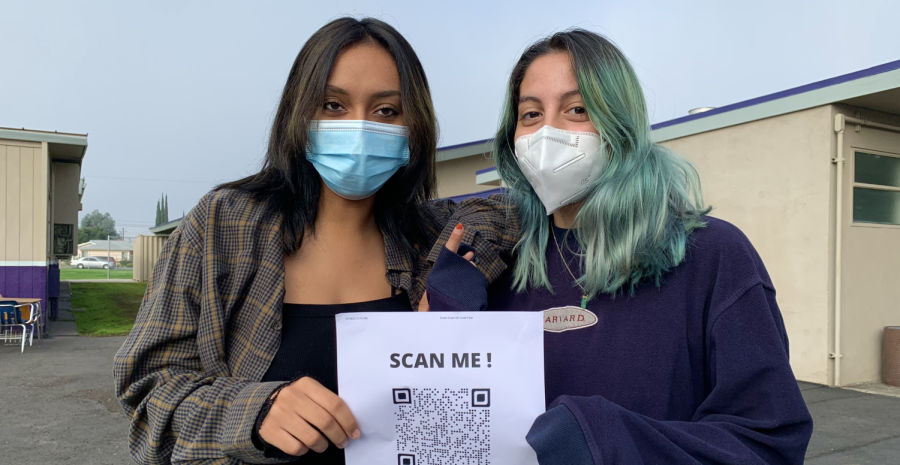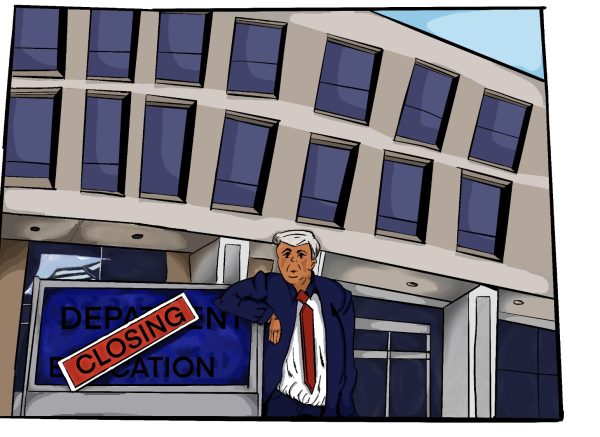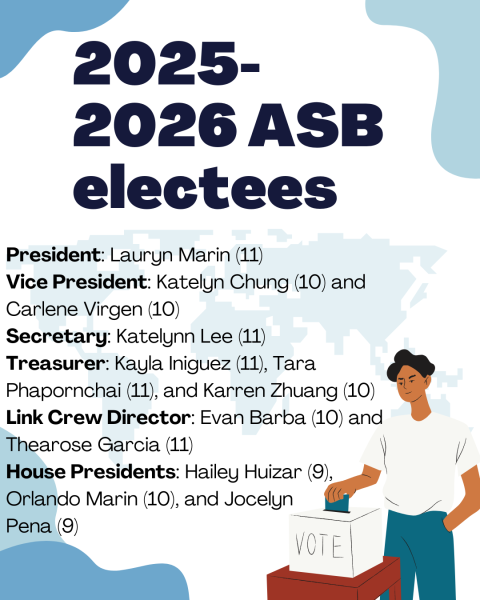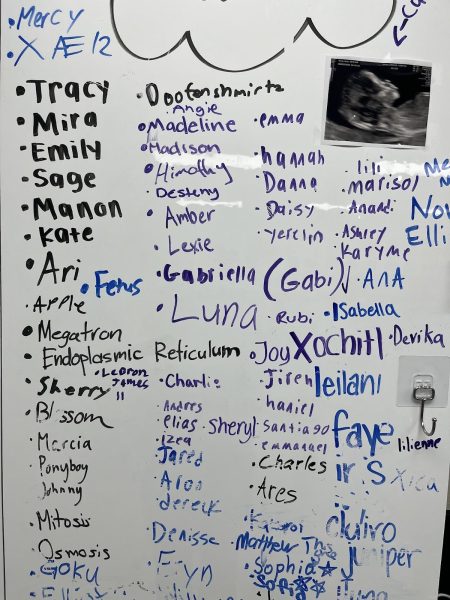Dress Code Sparks Student Action and New Dress Code Committee
Image by Payton Zarceno
Seniors Brittany Gutierrez and Daniela Arreola holding a QR Code for the Dress Code Survey. These Mt. SAC ECA students helped create the survey and are dedicated to having students’ voices heard and represented.
It’s a decades-old issue that students have been attempting to address for years. West Covina Unified School District is no exception to it: dress code. Since June 2021 WCUSD students have gathered to advocate for an altered dress code, citing what they consider to be outdated and “straight-up racist” clauses in the current code of conduct.
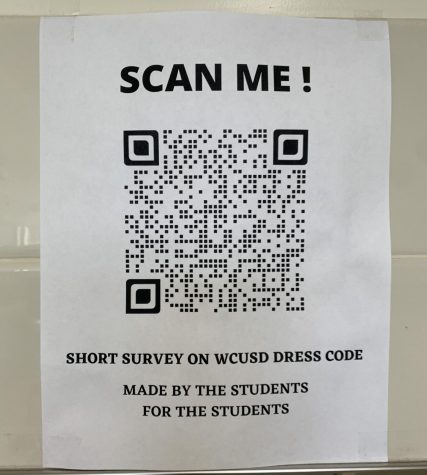
Students in secondary schools across the district have created a “Dress Code Survey” and received more than 400 responses across three high schools. They hope to bring attention to students’ grievances and opinions on the dress code in order to help people understand the “real impact and sexualization of women and other groups.”
According to Mt. SAC ECA seniors, Daniela Arreola and Brittany Gutierrez, the creation of a student dress code survey was born out of the lack of change from WCUSD’s school board after students presented on the issue. By recording student experiences through a student-led survey, the group plans to present their findings to WCUSD’s board of education and move forward with positive amendments to the current dress code.
Arreola and Gutierrez believe that the current dress code is harming students, and the ways dress code is dealt with across schools can be “ostracizing” for a student. Previously, if a student was dress-coded at Mt. SAC Early College Academy, they’d be forced to wear a “big ugly Hawaiian t-shirt.” This practice has since been terminated and will not be used for future school years. Currently, if a student is dress-coded, they may choose a school-sanctioned shirt or bottom to wear. At Edgewood High School, a similar practice was instilled but with a Pirates of the Caribbean shirt; it’s unclear whether the practice is still in use.
Like the differing shirts, each principal’s response to students’ concerns about the dress code was varied.
“Our school’s approach seemed very logistic. Like, we can’t do it because of [this]. And then the other principals seemed to seek to understand why we were complaining about the dress code,” Gutierrez described. “So it just seemed very evasive, and not really wanting to get to the root of the problem.”
Going beyond logistics and the principal’s responses, Arreola and Gutierrez believe that the dress code can affect students’ feelings and emotions as adolescents.
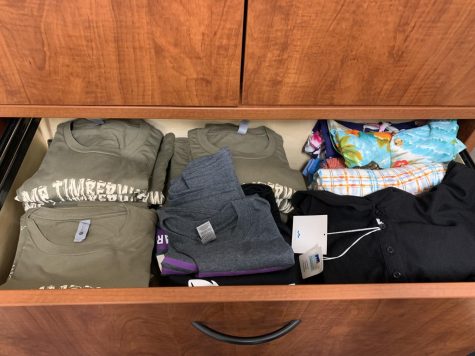
“High School is already such a difficult time and you’re so hyper-aware of yourself and your image,” Arreola said, “and being put through that ordeal is, very…shameful.”
This year also marks the creation of the first “Dress Code Committee.” Each high school in the district has one male student, a female student, and a teacher representative. When they met on October 26th, their goal was to “hear students’ voices and come to an agreement that everyone could live with.”
According to WCUSD school board member Dr. Rosalinda Lopez, “We want to understand exactly what it is that as a district we can support learning and omit any obstacles or challenges that may hinder anyone’s identity or possibly something that gets in the way from being a successful learner or student.”
In designing an altered dress policy, the committee hopes to collaborate between students and administrators. The addition of students in this amendment process is a new proposition, one that has only recently been seen at Conejo Valley Unified School District; a committee of seven students collaborated on the district’s new dress code policy.
“What’s our students’ role, what’s our school site’s roles, so everyone builds behind this partnership,” Dr. Lopez described. “And it has to be very clear, concise language, that nothing is vague, nothing is ambiguous about the language.”
This process, though, could take much time and deliberation. There’s no set timeline for the amendments to be passed.
“So it’s definitely something that doesn’t happen overnight,” Lopez continued. “But it is something that is definitely considered to be potentially amended.”
Your donation will support the student journalists of Mt. SAC Early College Academy. Your contribution will allow us to purchase equipment and cover our annual website hosting costs.
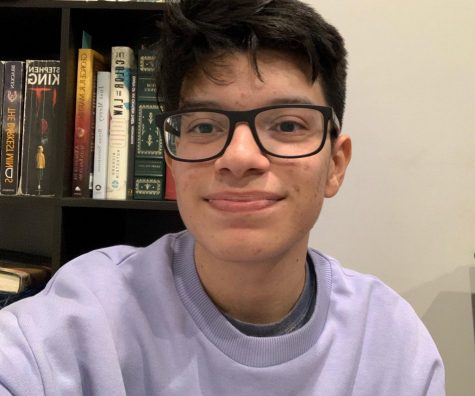
Jordan Alvarado is in his senior year and this is his 2nd year on the Academy Chronicle staff. They are the secretary of the UNICEF club and are a part...
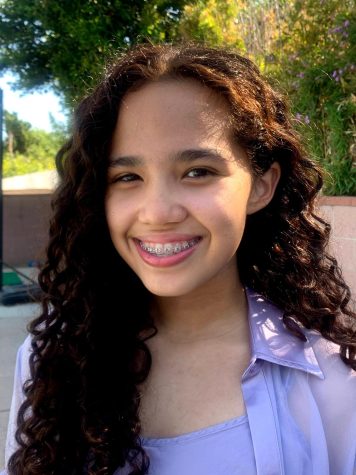
Payton Zarceno is a senior at Mt. SAC Early College Academy and is a founding member of The Academy Chronicle. She has been part of the Friends for Progress...


